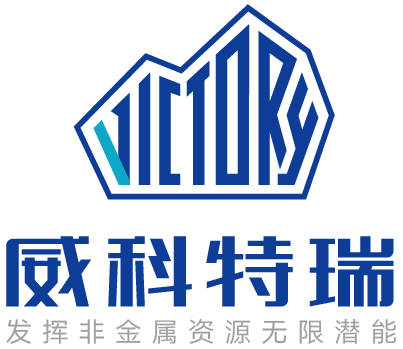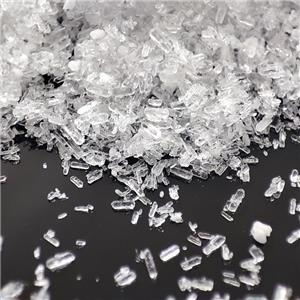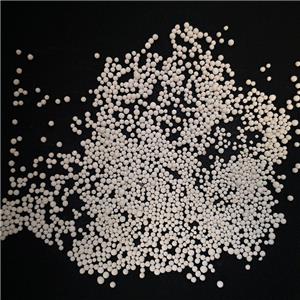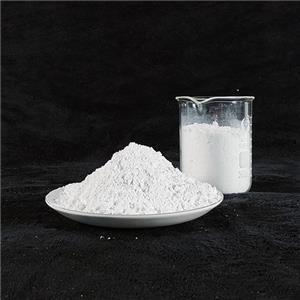Comprehensive Analysis of Global Trends in Calcium Carbonate: Towards High-End, Green, and Globalization
I. Macro Market Trends: Steady Growth, Asia-Pacific Dominates
Market Size and Growth:
The global calcium carbonate market is on a steady growth trajectory. According to data from multiple market research institutions, the global market is expected to maintain a compound annual growth rate of approximately 5%-7% over the next few years.
By 2030, the market size is projected to continue expanding from the tens of billions of US dollars level in 2023. The core drivers of this growth are global industrialization, urbanization, and the continued development of downstream industries.
Geographical Landscape: Asia-Pacific as the Engine, Southeast Asia as a Highlight:
The Asia-Pacific region is undoubtedly the world's largest market and growth engine, accounting for half of global consumption. This is mainly driven by demand from China, India, Southeast Asia, and Japan and South Korea.
China plays a dual role: it is both the world's largest producer and consumer, as well as an important exporter.
Southeast Asia (such as Vietnam, Indonesia, and Thailand) is emerging as a new growth hotspot. The surge in demand stems from massive infrastructure construction, the relocation of manufacturing industries due to foreign direct investment (such as plastics, automobiles, and coatings), and the expansion of domestic packaging and paper industries.
The North American and European markets are relatively mature, with stable growth, but demand is rapidly shifting towards high value-added, specialized, and sustainable products.
II. Core Driving Factors: Evolution of Demand in Downstream Industries
Plastics Industry: The Largest Application Area
Functionalization Demand: Calcium carbonate, as a filler and modifier, is indispensable in reducing the cost of plastic products and improving rigidity, heat resistance, and dimensional stability. The trend is to develop high-quality calcium carbonate with better surface treatment and polymer compatibility for use in high-end engineering plastics such as automobiles and home appliances.
Sustainability Driven: Against the backdrop of global "plastic restriction and ban" policies, research on the application of calcium carbonate in biodegradable plastics (such as PLA/PBAT) is deepening. As an environmentally friendly filler, it helps improve degradation efficiency and reduce overall costs.
Paper Industry: From Filler to Functional Material
In Europe and America, with the shrinking newsprint market, the traditional demand for calcium carbonate in papermaking has declined.
However, demand remains strong in emerging markets in the Asia-Pacific region. Meanwhile, the global trend is towards the increased use of high-whiteness, high-purity precipitated calcium carbonate, not only as a filler but also as a coating pigment, to produce high-quality, smooth paper and paperboard with excellent printability.




